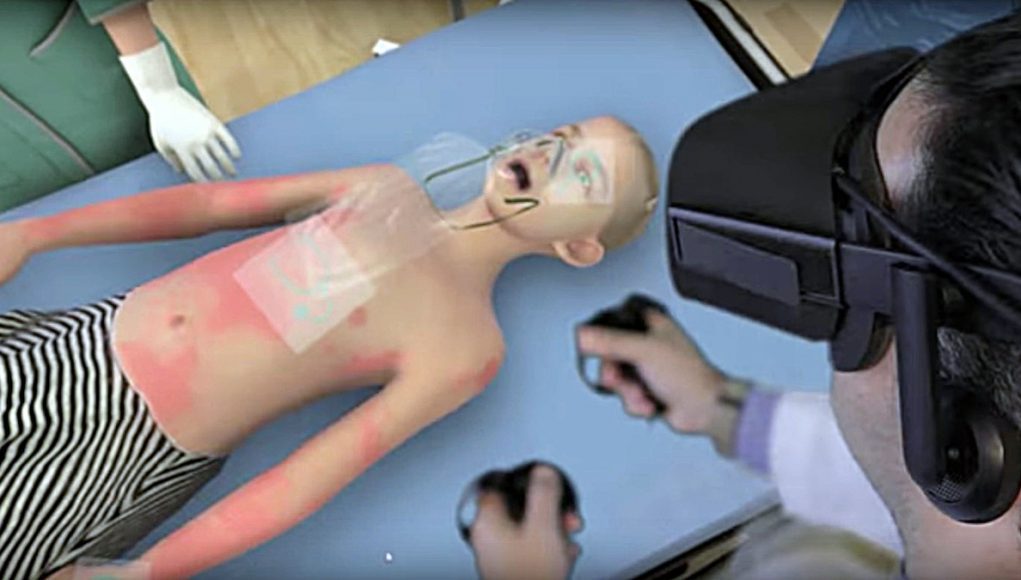 The design team behind Bioflight VR has worked on television shows such as CSI and ER, and they’ve been able to translate their VFX visualization skills into a virtual reality medical education venture. Their original plans were to use virtual reality to help doctors utilize the volumetric information captured in MRIs, CAT scans, and ultrasounds to improve upon medical diagnosis from 2D slices of data, but they started to gain more traction by creating a number of different types of educational VR experiences.
The design team behind Bioflight VR has worked on television shows such as CSI and ER, and they’ve been able to translate their VFX visualization skills into a virtual reality medical education venture. Their original plans were to use virtual reality to help doctors utilize the volumetric information captured in MRIs, CAT scans, and ultrasounds to improve upon medical diagnosis from 2D slices of data, but they started to gain more traction by creating a number of different types of educational VR experiences.
LISTEN TO THE VOICES OF VR PODCAST
Bioflight VR started creating time-lapse experiences showing the long-term impacts of sodium consumption and smoking in videos meant for doctors to show patients to inspire behavior modification, and they also created a number of interactive medical training scenarios that would allow medical students to experience intense emergency room scenarios that would allow them to be evaluated based upon their competency and performance.
I had a chance to catch up with co-founder and chief creative officer Rik Shorten at the Silicon Valley Virtual Reality conference both in May 2016 as well as a follow-up and update in March of 2017. This interview tracks the evolution of Bioflight VR starting with ambitions to use VR for medical diagnosis, and then their pivot focusing more on medical training and patient behavioral modification and education the following year. There are a lot of opportunities for virtual reality to become a huge part of telemedicine and providing a platform to visualize data that you collect about your body, but virtual reality seems to be making its first strides into the medical field through patient and student education before the more advanced and higher-end applications of medical diagnosis and distributed telemedicine are adopted.
Support Voices of VR
- Subscribe on iTunes
- Donate to the Voices of VR Podcast Patreon
Music: Fatality & Summer Trip







